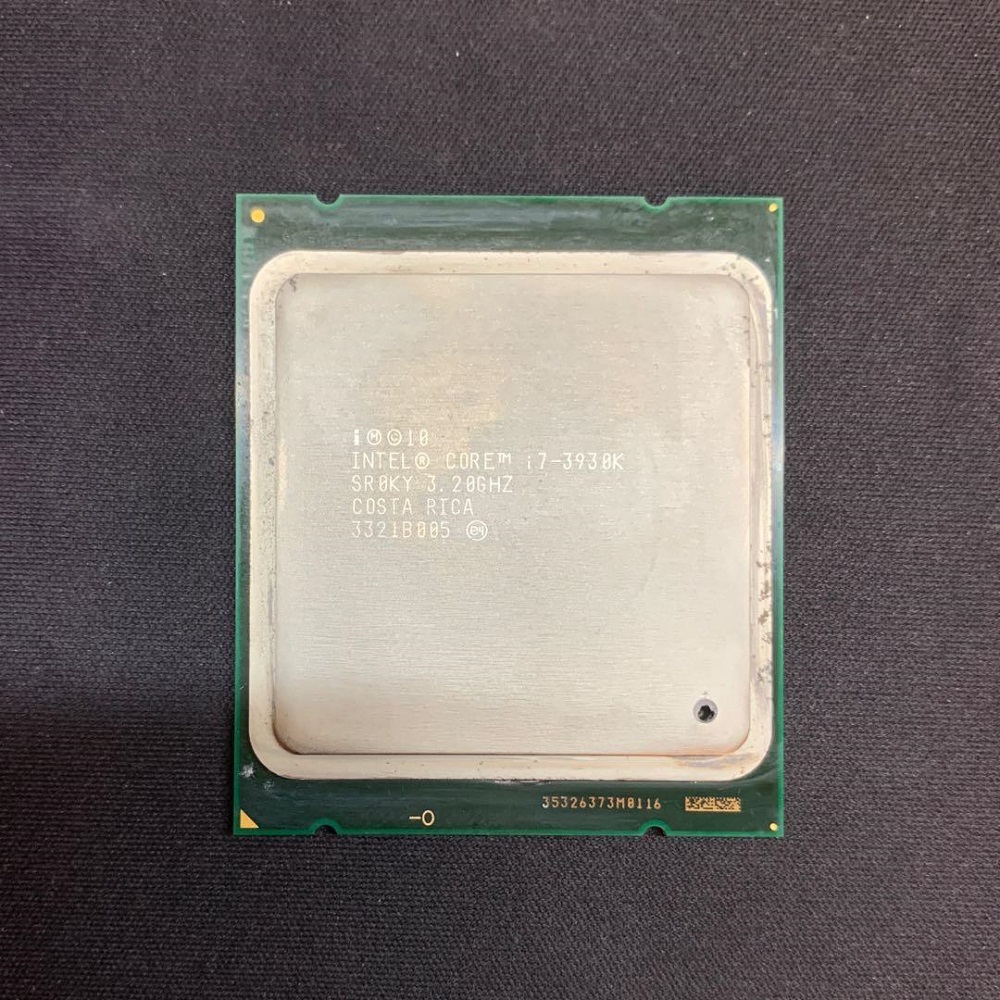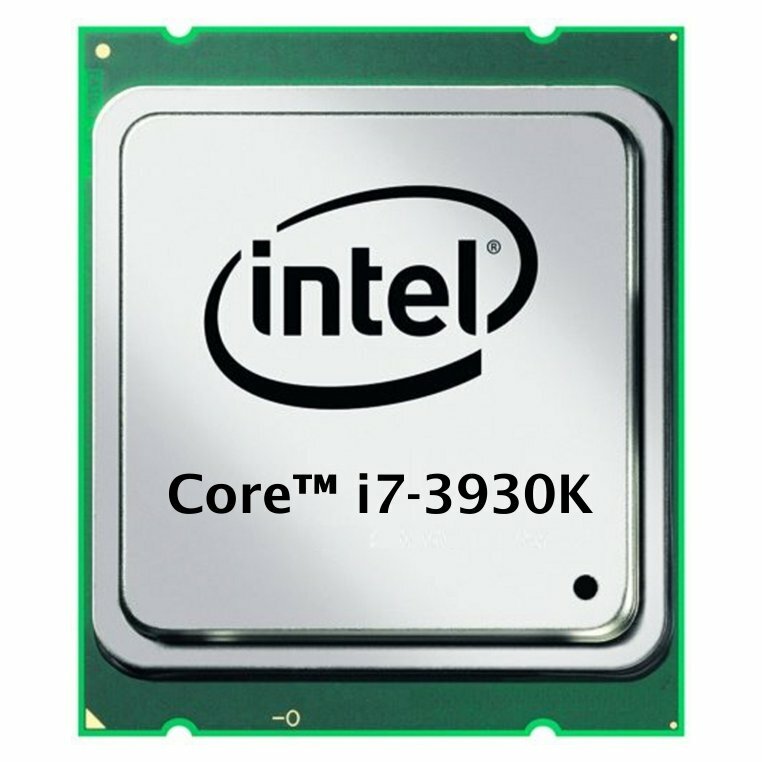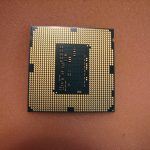The Intel Core i7-3930K is a CPU that has made a lasting impact in the world of computing. Launched in the fourth quarter of 2011, it was part of Intel’s renowned Sandy Bridge-E line-up that catered to enthusiasts and power users who craved performance. This chip won the hearts of many for its overclocking capabilities and multi-threaded performance metrics. Even after years of newer releases, the i7-3930K remains an interesting subject of study for tech aficionados. Let’s delve into what makes the i7-3930K a piece of CPU history worthy of legend status.
Performance: A Powerhouse of its Time
Capabilities Under the Hood
The Core i7-3930K packs six cores and twelve threads, a configuration that was striking at its release. With a base clock of 3.2 GHz, which can turbo up to 3.8 GHz, this CPU juggles intensive workloads with aplomb. Its inclusion of 12 MB of L3 cache ensures that data fetching times are minimized, improving efficiency in heavy-duty tasks. The i7-3930K displayed remarkable prowess in gaming, video editing, and 3D rendering, outstripping many competitors of its era.
Overclocking Potential
One of the defining features of the i7-3930K is its unlocked multiplier, allowing enthusiasts to overclock it beyond the factory settings. The chip’s architecture responded well to overclocking, frequently reaching speeds above 4.5 GHz with adequate cooling solutions. This propensity for tuning provided users the freedom to push their systems to new heights and obtain performance that rivaled far more expensive CPUs.

Architecture and Compatibility: Built to Last
Advanced Tech for the Time
Intel’s Sandy Bridge-E architecture marked a decisive step forward in terms of technology. The i7-3930K was built on the 32nm process, which, by today’s standards, might seem dated, but at the time was cutting-edge. It also featured a quad-channel memory controller, supporting up to 64GB of RAM, which was virtually unheard of in consumer CPUs. This vast memory support made it future-proof for memory-intensive applications.
Compatibility and Upgrade Paths
The i7-3930K used the LGA 2011 socket, which Intel supported through multiple future generations, granting users a relatively flexible upgrade path. Motherboards designed for the LGA 2011 platform offered numerous features like multiple PCI Express slots for SLI or CrossFire configurations, making them ideal for high-end gaming setups or workstations requiring substantial parallel processing power.
Price and Value: The Offering Then and Now
Initial Market Positioning and Current Standing
At launch, the i7-3930K struck a balance between cost and performance, providing a more accessible option compared to the extreme edition processors, yet still delivering superior output. Today, while it may not stand up to the latest CPUs by Intel or AMD, the i7-3930K continues to hold value for users operating on tight budgets, who can find secondhand units at a fraction of their original price.
Long-Term Investment Considerations
When it was first released, the i7-3930K represented a solid long-term investment for serious computing needs. Its staying power was evident as the CPU continued to support demanding software and gaming requirements years beyond its release. For users who purchased it early, the i7-3930K provided years of reliable service, proving its worth many times over.

Comparisons to Modern Counterparts
Standing Against Today’s Giants
Directly comparing the i7-3930K to modern chips highlights the advancements in CPU technology over the years. Modern processors boast more cores, higher clock rates, and are fabricated using smaller, more efficient processes. However, the i7-3930K still performs admirably against several newer models, especially in contexts that utilize its strong multi-threading capabilities.
Relevance in Modern Applications
Although the i7-3930K may struggle with the most recent, demanding applications and games on high settings, it can still keep pace with modern expectations in many respects. For tasks like productivity, web browsing, and casual gaming, the i7-3930K can deliver satisfactory performance, which speaks volumes about its design and capability.
Legacy: The i7-3930K’s Place in History
A Testament to Innovation
The Core i7-3930K reflects a period in Intel’s history characterized by significant strides in performance and innovation. It symbolizes a flagship series that brought previously enterprise-level features to the consumer market, setting new standards for what a desktop CPU can achieve.
Longevity and Resilience
The continual interest in this CPU, even as newer generations take center stage, is a testament to its resilience. The i7-3930K inspired a generation of power users to explore the possibilities of overclocking and high-performance computing, marking its place as a legend in the CPU realm.

Thermal Design and Energy Efficiency
Managing Heat Output
One of the challenges with high-performance CPUs like the i7-3930K is managing the heat they generate. This processor had a Thermal Design Power (TDP) of 130W, which is relatively high by modern standards. This necessitated a good aftermarket cooler to maintain optimal temperatures, especially when overclocking. Despite this, enthusiasts accepted the heat output as a trade-off for the remarkable performance and headroom for speed boosts.
Energy Consumption Considerations
In terms of energy efficiency, the Intel Core i7-3930K may not compete well with today’s CPUs that benefit from advanced manufacturing processes, resulting in lower power consumption and heat generation. Users interested in building energy-efficient systems might be better served by more recent CPUs. However, for its time, the i7-3930K struck a reasonable balance between power draw and performance output.
Community and Ecosystem Support
Developer and Manufacturer Support
At its peak, the i7-3930K boasted extensive support from Intel and the developer community. Firmware updates, software optimizations, and a wide range of compatible hardware were readily available, allowing users to take full advantage of the CPU’s capabilities. Over time, as newer architectures have taken hold, support has waned, although there still exists a niche community of enthusiasts who maintain a passion for this classic processor.
Aftermarket and Upgrade Options
The robust ecosystem built around the LGA 2011 socket, to which the i7-3930K belongs, provided users with a wealth of motherboard options and upgrade paths. Aftermarket components like RAM, GPUs, and cooling solutions were and continue to be available, which has helped maintain the processor’s relevance among budget builders and retro computing fans.
User Experience and Accessibility
Ease of Integration
Ease of use is an often overlooked aspect when assessing CPUs. The i7-3930K, with its compatibility with a variety of motherboards, allowed for straightforward integration into existing systems. This accessibility extended the life span of many older machines, giving them a new lease on life with a processor upgrade that was both powerful and relatively simple to install.
Availability to a Broad Audience
Initially targeted at high-end users and enthusiasts, the i7-3930K gradually became more accessible to a larger audience as prices dropped. Today, it’s a viable option for those on a tight budget who seek out secondhand hardware. It’s interesting to note how the processor transitioned from an exclusive product to a component that could empower a wider range of users despite its age.
The Intel Core i7-3930K is a processor that was ahead of its time, marrying robust performance with extensive features. Technology has advanced since the release of the i7-3930K. Yet, the i7-3930K remains a point of reference for users and enthusiasts. They remember its market impact. The i7-3930K has a rich legacy. It is a key page in Intel’s history book. It also symbolizes the transformative power of CPUs in computing. Reflecting on its journey is nostalgic. It is also an educational benchmark. It shows how far we’ve come in the world of computing.


